Enter a surname, town name or other keyword to search the database. Remember to
allow for the different spellings of 'Mc' and 'Mac.' Good luck!
{Search tips: Use single word search terms for more results}
You must enter some valid character(s) into the search field
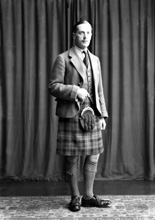
Reference: 32057b
Mr Argyll Robertson, The Depot...
|
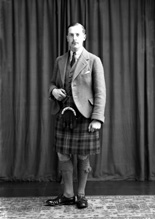
Reference: 32057a
Mr Argyll Robertson, The Depot...
|
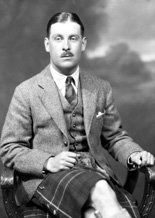
Reference: 26542e
Lt C.A.R MacRae, Seaforth High...
|
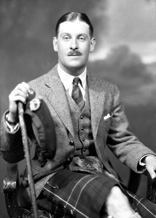
Reference: 26542d
Lt C.A.R MacRae, Seaforth High...
|
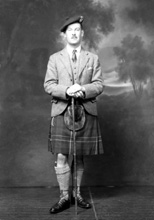
Reference: 26542c
Lt C.A.R MacRae, Seaforth High...
|
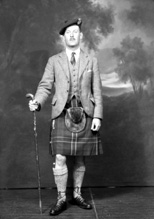
Reference: 26542b
Lt C.A.R MacRae, Seaforth High...
|
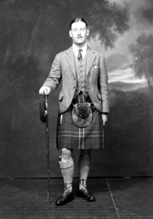
Reference: 26542a
Lt C.A.R MacRae, Seaforth High...
|
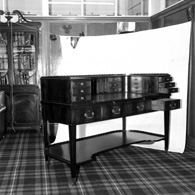
Reference: 4207c
William Grigor & Son, wine...
|
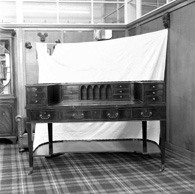
Reference: 4207b
William Grigor & Son, wine...
|
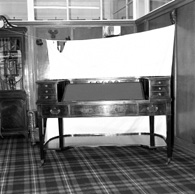
Reference: 4207a
William Grigor & Son, wine...
|
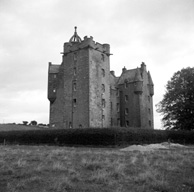
Reference: 1915b
Castle Stuart. The land the ca...
|
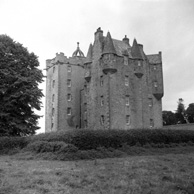
Reference: 1915a
Castle Stuart. The land the ca...
|